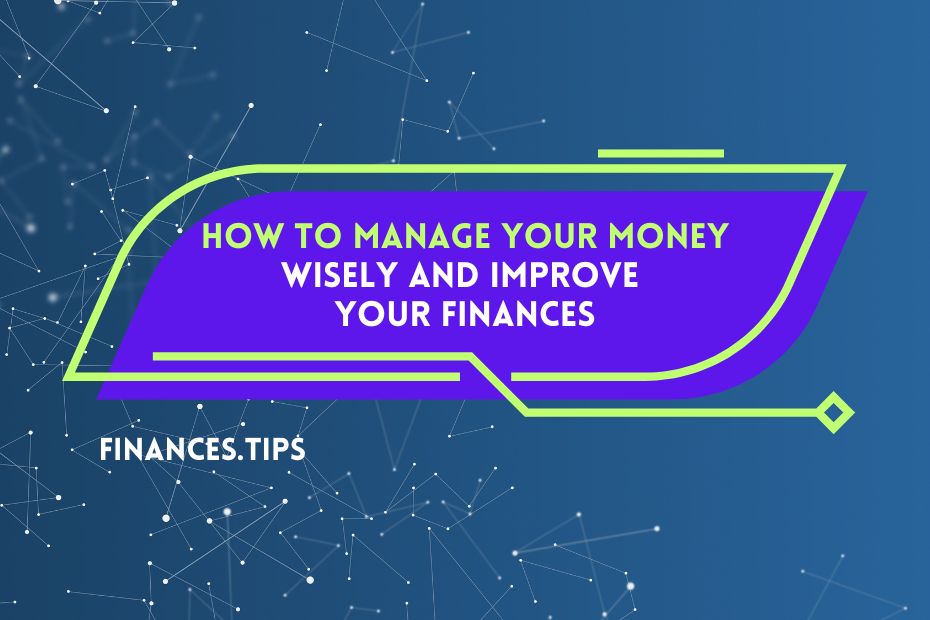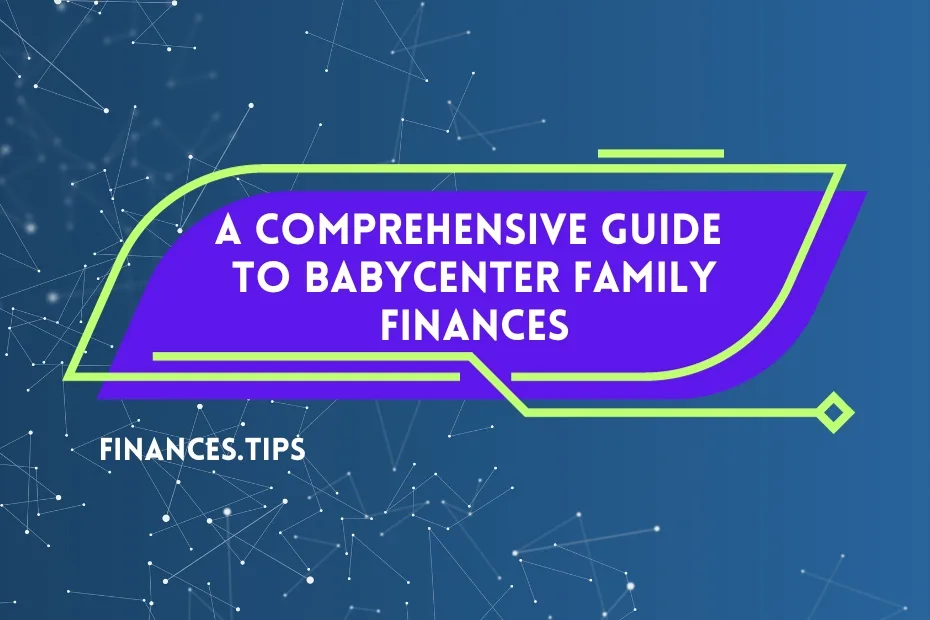Have you ever wondered why some web resources are constantly at the top of search engines, while most others cannot break into the top 20?
We will answer that there may be many reasons for this, but the main one is the trust of the site.
We are going to explain some important things, but we will not go into too much detail as we usually do.
This time we want to show you and prove that even small projects like ours (for example) as it is today can do a lot if we simply follow all the simple signals that are in front of our eyes, trustworthiness.
In fact, the trustworthiness of the site is an “imaginary indicator” of the resource that SEO optimizers use.
Why is it imaginary?
It’s simple – it’s impossible to measure its exact indicators, its value can only be assumed or somehow estimated.
On this occasion, even among SEOs, there are disputes, some believe that there is no such indicator as a site trust at all, but they are deeply mistaken.
In general, in this article we will talk about trust, what it depends on, and how to increase the trust of the site.
If you are wondering what an article like this is doing in the finance niche, we simply want to give you the opportunity to learn everything in one place.
Many of our articles are related to the building of websites, so why not write something about this from time to time, when we already have so much experience and when we have already created hundreds of websites, some sold, some kept, some we are building…
Anyway, let’s get started.

What is “Trust of the Site”?
Everyone probably already knows that the ranking of any page of a web resource depends on several values:
- Content relevance
- Quality and quantity of external links
- Internal linking of the site
- Resource trust
There are many other factors that affect the ranking in some way, but they are no longer so significant and they can be ignored.
As you can see, trust in the site especially affects its promotion and promotion in search engines, therefore, webmasters tend to increase it.
But first, let’s still give a stricter definition of this concept:
Trust (from the English to trust – trust), you can also trust the site, trust rank is, so to speak, an imaginary indicator that allows you to assess the level of trust of search engines to your resource.
This indicator was first used by the creators of Google, but now Google has adopted it.
The trust is usually denoted by XT and takes a value from 0 to 10.
Surely you have noticed that resources such as Wikipedia are constantly at the top of search engines, moreover, its employees do not acquire external links with anchors, and there is not much text on some pages.
What is the reason for such an issue?
For example, internal optimization would not give such a great effect, because, often, Wikipedia is at the top for highly competitive queries.
It’s all about the trustworthiness of this project.
The Wikipedia trust index is so great that search engines trust it unconditionally.
The rest of the sites, especially the young ones, go to the sickle quite slowly.
Even if the resource contains unique, useful, competent content, and the project is correctly linked.

How is the Site Trust Indicator Calculated?
And is it possible to calculate it at all?
Here the calculation algorithm is simple: search engine employees manually select certain resources from all possible ones (which, in their opinion, can be trusted) and assign them a certain value of the trust rank.
If you still believe that 100% of all pages are determined solely by the algorithm, I don’t know what to tell you.
These projects link to other sites on the network and give them a certain value of trust, and those, in turn, referring to other resources, give them a smaller amount, and so on…
Therefore, every project on the Internet has at least a small, but definitely a trusted number.
However, not everything is so simple, because the described process is only one of the few components of the site trust indicator (external links).
And this indicator is also influenced by purely individual characteristics of the site:
- Domain age
- The age of the site (the time the site has been indexed by Google)
- Site domain “zone” (TLDR)
- Outgoing external links
- Quality and quantity of external links
- Quality of internal linking
- The quality of the content on the resource: uniqueness, volume, spam, etc
- User factors (number of visitors, page views, fake views, etc.).
Obviously, it is simply impossible to take into account the contribution of all these indicators and accurately calculate which trust the site has.
Age of the Domain
The age of the domain name plays an important and great role for search engines – the earlier you registered it, the more trust it receives.
But here we note that maximum efficiency from this parameter can be expected only if copyrights, content topics, or any other drastic changes have not occurred with this domain.

Age of the Site
This parameter plays, perhaps, the most important role.
Many “established” resources receive huge trust from search engines only for their age.
And the age report itself begins from the moment of the first indexing of the site and its content.
That’s why SEOs recommend registering a domain in advance and adding several pages to it because the faster it is indexed, the more trust it will accumulate.
Domain “Zone” of the Resource
Interestingly, even such a seemingly insignificant indicator plays a role.
There are domain zones that have gained bad “fame” from search engines in the past because some people were thinking they are smarter than others.
For example, unfortunately, this is especially true for .info.
Based on this, the indicator of the trustworthiness of resources in the zone .com and .net will be much higher in comparison with an identical resource in the .info zone.
But one should not think that absolutely all resources in bad domain zones receive a small share of the trust, there is also an important role played by high-quality, unique material than the zone itself.
Quality content and the quality of the entire website kill everything above that is written, remember that.
Outgoing External Links
Links from your site play a huge role, for young sites this is generally one of the most significant indicators affecting the level of trust.
Therefore, never refer to low-quality resources, so you will only lose the trust of the PS.
If there is a need to refer to a bad site, then add the nofollow attribute to the link.
For this reason, you should not register the site in directories that require a backlink.
After all, these spam directories that you will have to refer to will worsen the trustworthiness of your site.
For young sites, the number of outgoing external links is also important, there should be few of them, otherwise, search engines (especially Google) will decide that the resource sells links.
As a result, the credibility of the site will fall, and also, this may lead to a search engine filter.
External Links
At the beginning of the 2nd paragraph, we have already described an approximate algorithm for how to increase the trust of the site using external links.
But in addition, the following indicators of the domain also have an impact:
- Age of the domain
- The age of the page from which the link is located
- The amount of content, the presence of images, etc.
The naturalness of links.
Unnatural (purchased) links, which are most often anchor links, are easily recognized by search engines, and the trust in them is minimal.
Here it is also worth noting the fact that links from very old and trusted resources play a huge role.
This is especially true for Google.
Strict moderation does not allow bad sites to enter them, so if you got into any of these directories, and therefore received a link from it, then this will have a positive effect on trustworthiness.
In addition, the diversity of the reference mass also plays a role.
It is necessary to combine the acquisition of temporary and eternal links, run the site through resource databases with high TIC and PR indicators, leave comments in do-follow blogs, fill out your profile on forums, etc.
But all this is done gradually, because a reference explosion may occur.
PS will notice a sharp increase in the number of links to your resource and will consider it unnatural.

of the Site
Internal Linking of the Site
In our opinion, it would even be better to call it internal optimization.
If search engines see that you are engaged in your resource, constantly improving and improving it to please visitors, then their trust will improve.
Remember that competent internal optimization helps search bots better index your site, in addition, it will be easier for visitors to assimilate the material of one article, which contains links to others.
Content Quality
Non–unique content, duplicates of pages on the site, spam articles, a small volume of articles, spam with keywords, rare updatability – all this affects the trust of search engines in the resource.
That’s why you need to try to get rid of non-unique fragments in articles and update the resource quite often.
User factors
The behavior of users on the site indicates to the search engine whether to trust the site or not.
A high bounce rate (the percentage of visits during which only one page of the site was viewed) can lead to a sharp decrease in the trustworthiness of the site.
Other factors also affect, for example, site traffic (or the rate of its growth).
If the traffic on one site does not change, but on the second one it is constantly growing, then the PS will trust the second site more, because it is useful to people.
It’s funny, but here it turns out a vicious circle: to increase site traffic, you need to improve the trust and to increase the trust, you need to increase site traffic.
Use Service for Determining the Site’s Trust
When looking for a service to determine a website’s trustworthiness, it’s essential to choose a reliable and reputable platform.
These services help users assess the credibility, security, and legitimacy of websites before engaging with them.
One widely recognized and used service for this purpose is “Scamadviser.”
Scamadviser provides valuable insights into a website’s background, offering information about its age, country of origin, and customer reviews.
By utilizing such a service, users can make informed decisions when browsing the internet, ensuring safer and more secure online interactions.
Remember, verifying the trustworthiness of a website can protect you from potential scams, frauds, and security risks.
- TR – Trust Ratio “of your website”
- TA – Topic Authority
- DR – Domain Rating
- DA – Domain Authority
- PA – Page Authority
- RK – Ranking Keywords
- TB – Total Backlink
- SS – Spam Score
- LW – Linking Websites
- DF – DoFollow Links
- NF – NoFollow Links, and so on…
From this formula, it can be seen that Google.com takes into account only the quality of the page, as a donor, from which backlinks are bought, but does not calculate the trust of the site, in fact.
How to Increase the Trust of the Site and Not Harm It?
If your web project can’t get into the sickle of the PS in any way, you have to spend a large sum of money to purchase a reference mass, and the results are still not visible, then you need to think about how to increase the trustworthiness index.
What Methods Can Be Used to Do This?
Improve the design of the site, check the validity of the code, and conduct competent linking.
Post voluminous posts on the resource, add unique pictures, videos, etc.
Work on gradually increasing the number of links.
Also, diversify the reference mass.
And do not forget that links should look as natural as possible, anchor links should be diluted with URL links (google.com or https://google.com/) and with natural/generic anchors (here, see, read more, etc.)
Try to increase site traffic and improve user factors.
In Order Not to Harm Your Blog, You Can NOT:
- Have duplicates of pages on the site
- Post non-unique material on the blog
- Put too many external links from the site
- Refer to bad and low-quality sites
- To drive a young site through spammed directories.
Considering all of the above, we can briefly outline the main idea: improve your trust of the site, try to make it useful for ordinary users, imagine that search engines do not exist at all, and then you will earn the trust of search engines.


